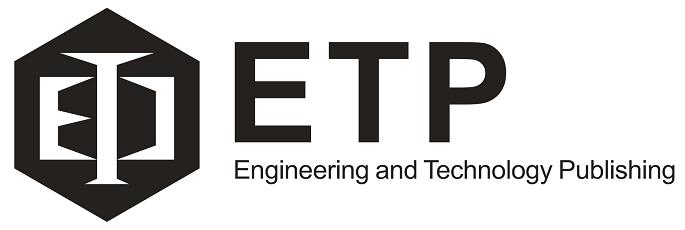Experimental Estimation of Human Blood Plasma Viscosity
Mehrnoosh Vahidi 1, Hamidreza Fallah Haghmohammadi 2, Masoumesadat Peyghambarzadeh 2, and Erfan Niazi 2
1. Qazvin University of medical science, Qazvin, Qazvin, Iran
2. University of Ottawa, Ottawa, Ontario, Canada
2. University of Ottawa, Ottawa, Ontario, Canada
Abstract—Plasma viscosity is an important parameter in biology and fluid mechanic. This parameter is linked to several diseases in human. Usually to measure the plasma viscosity, red blood cells should be separated from a whole blood. This process is time consuming and needs expensive viscometers. In this paper an innovative method is suggested to measure blood viscosity which does not require separating the red blood cells from plasma and it is done in a very small amount time. In this method blood viscosity is measured by finding red blood cells terminal velocity in sedimentation. An experimental set-up is designed using transparent polydimethylsiloxane (PDMS) material and video microscopic system. Image processing techniques are used to detect red blood cells and their respected velocity. Using this velocity, plasma viscosity can be estimated using force balance on red blood cells. The viscosity measured by this algorithm then is compared with the results of a viscometer.
Index Terms—plasma viscosity, red blood cells, image processing, red blood cells sedimentation
Cite:Mehrnoosh Vahidi, Hamidreza Fallah Haghmohammadi, Masoumesadat Peyghambarzadeh, and Erfan Niazi, "Experimental Estimation of Human Blood Plasma Viscosity," International Journal of Pharma Medicine and Biological Sciences, Vol. 8, No. 1, pp. 1-6, January 2019. doi: 10.18178/ijpmbs.8.1.1-6
Index Terms—plasma viscosity, red blood cells, image processing, red blood cells sedimentation
Cite:Mehrnoosh Vahidi, Hamidreza Fallah Haghmohammadi, Masoumesadat Peyghambarzadeh, and Erfan Niazi, "Experimental Estimation of Human Blood Plasma Viscosity," International Journal of Pharma Medicine and Biological Sciences, Vol. 8, No. 1, pp. 1-6, January 2019. doi: 10.18178/ijpmbs.8.1.1-6
